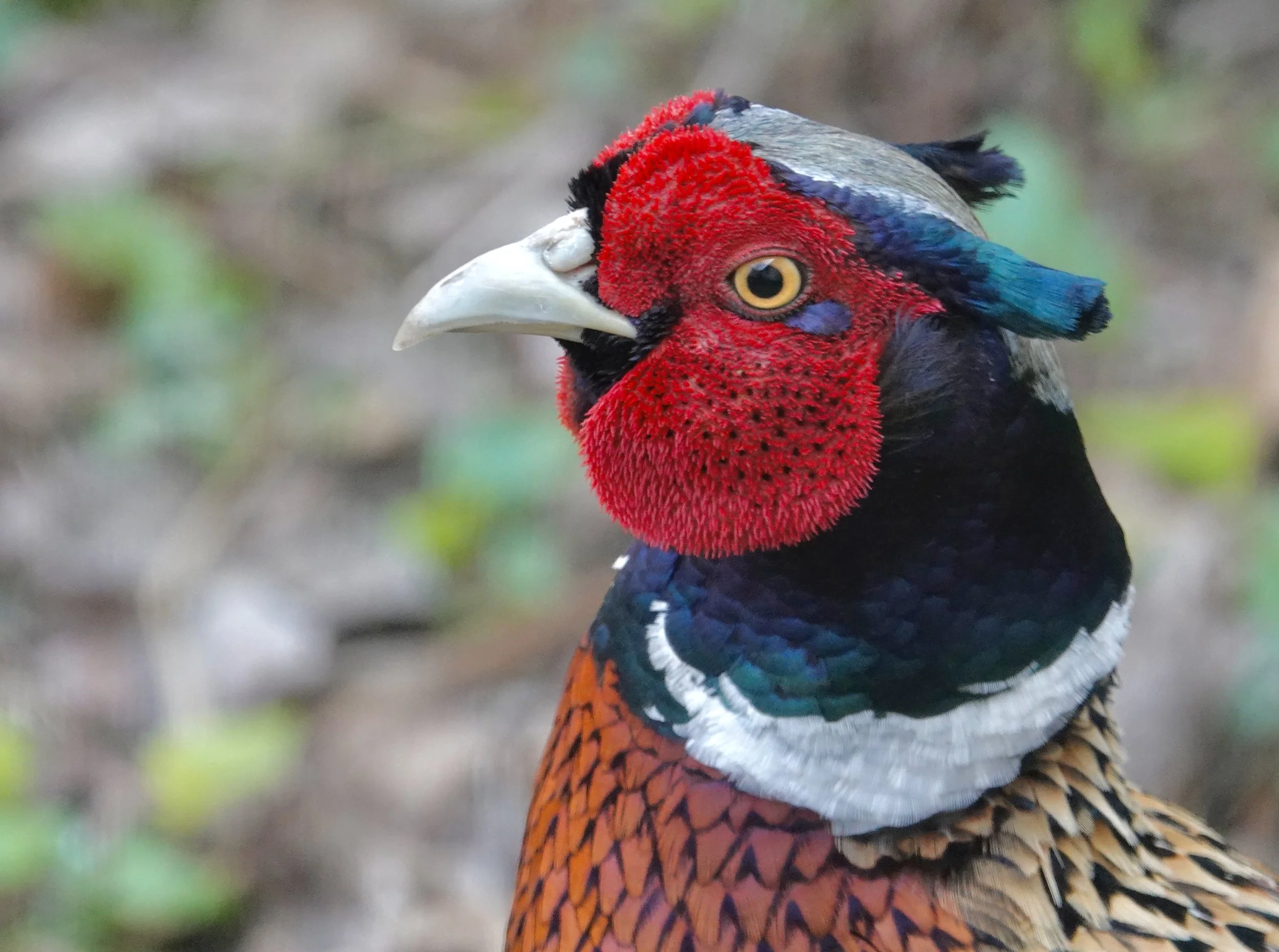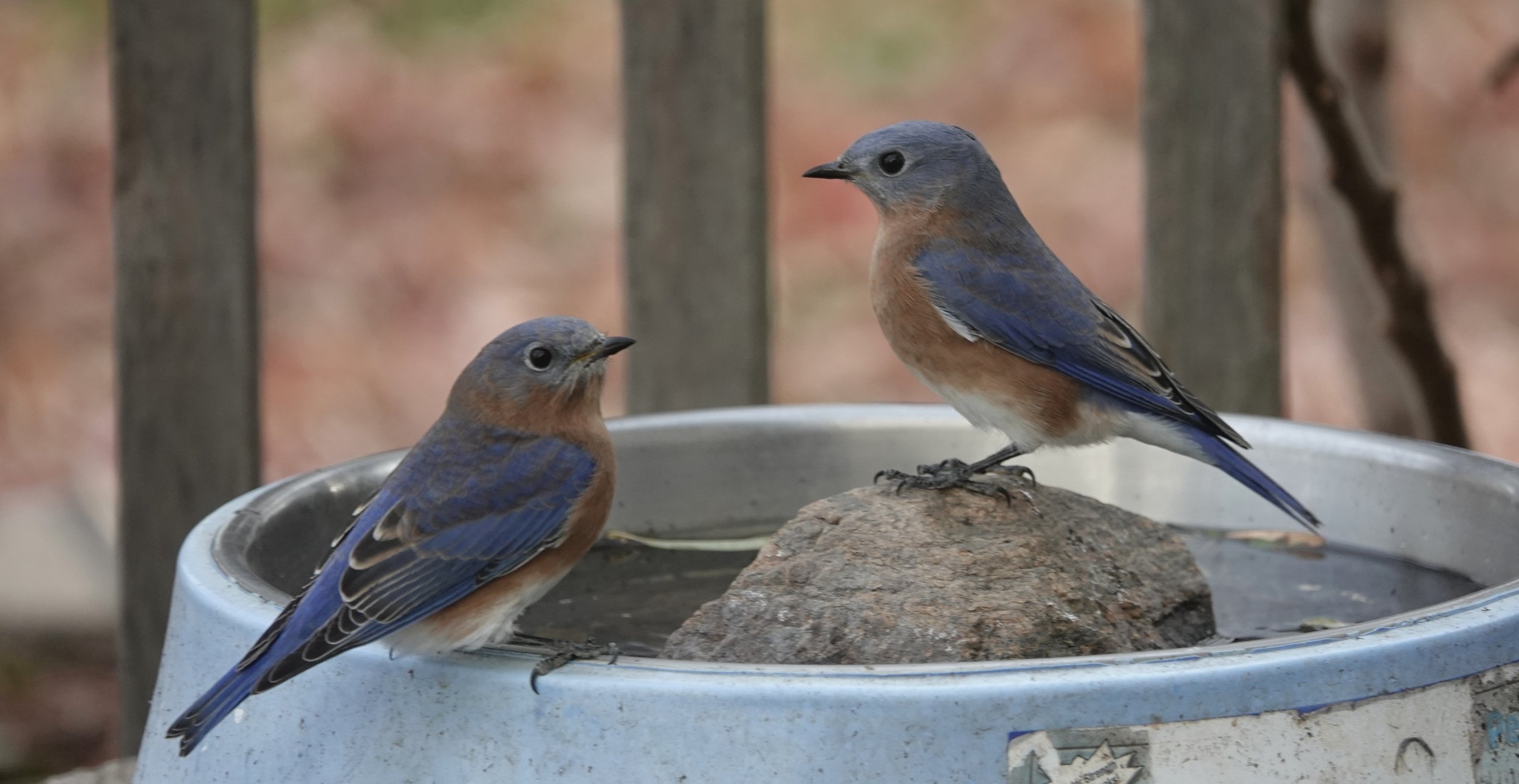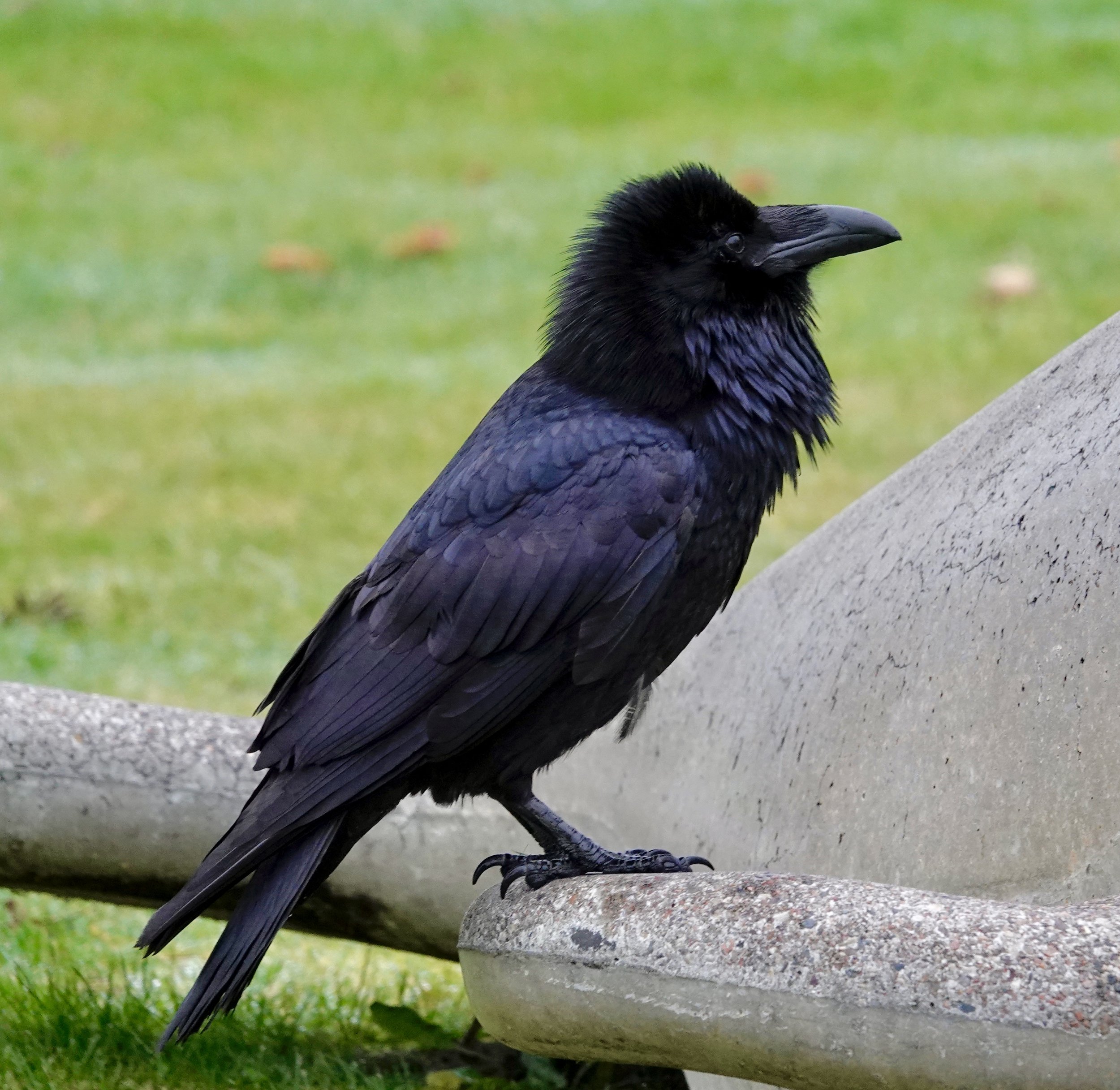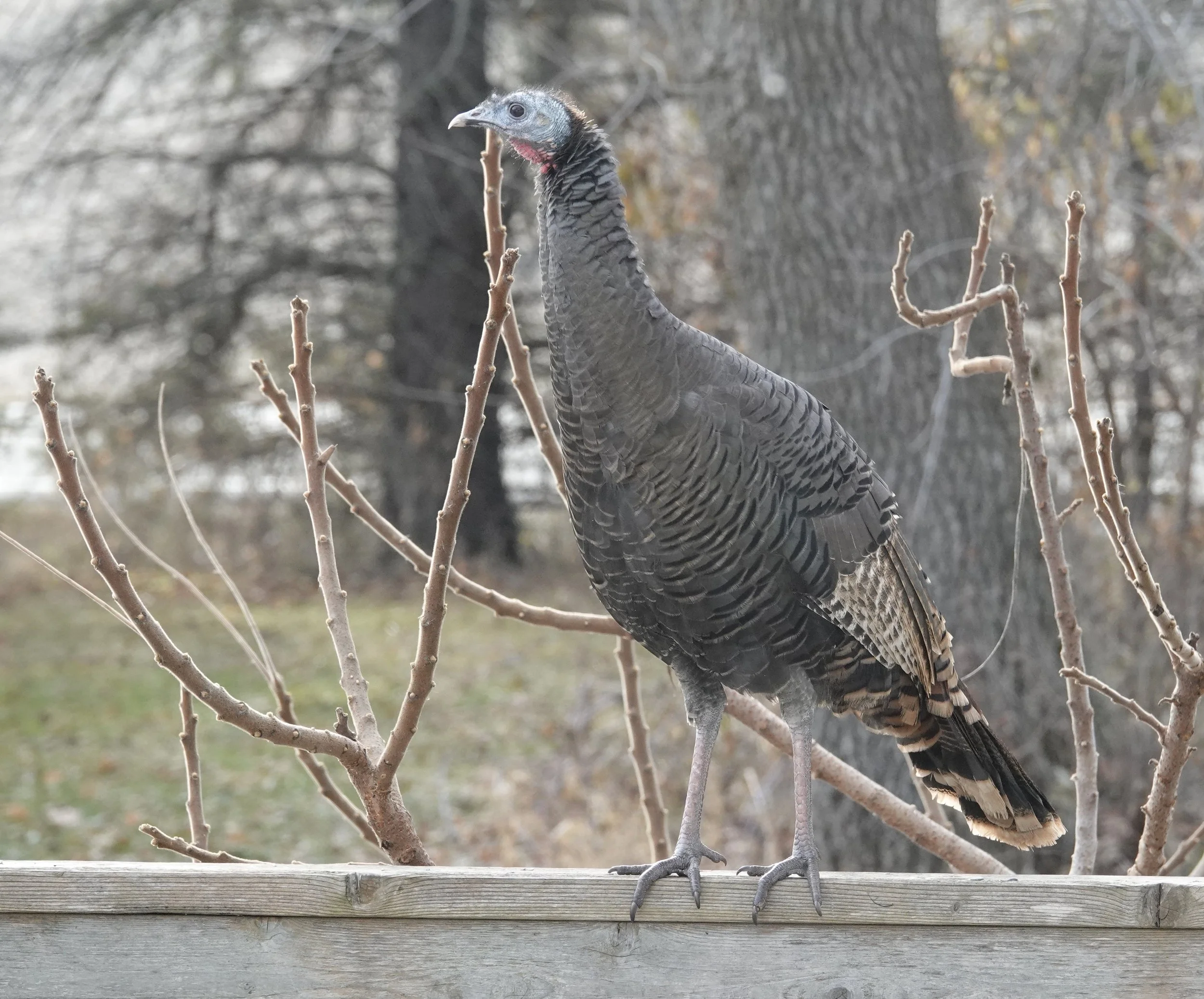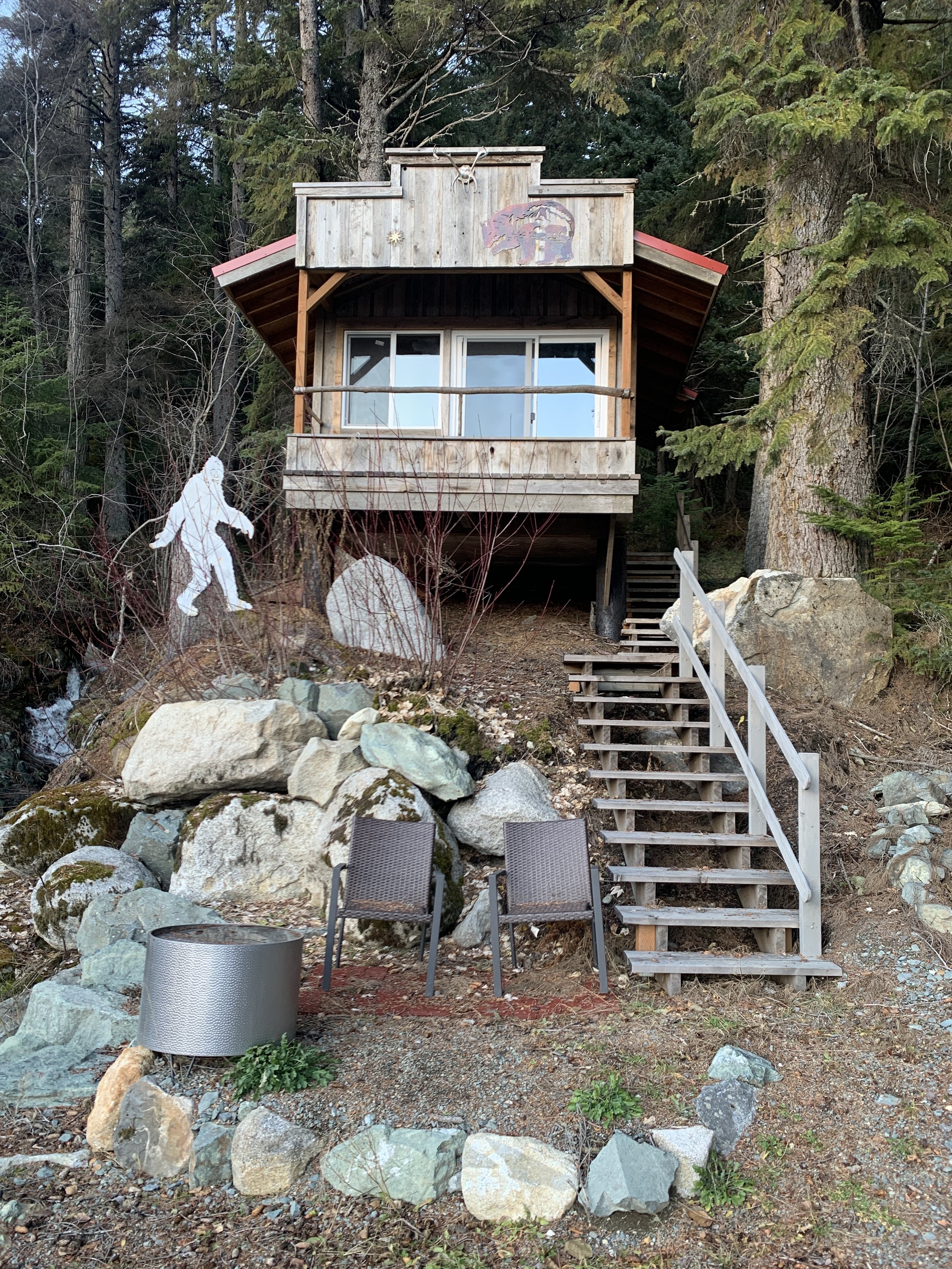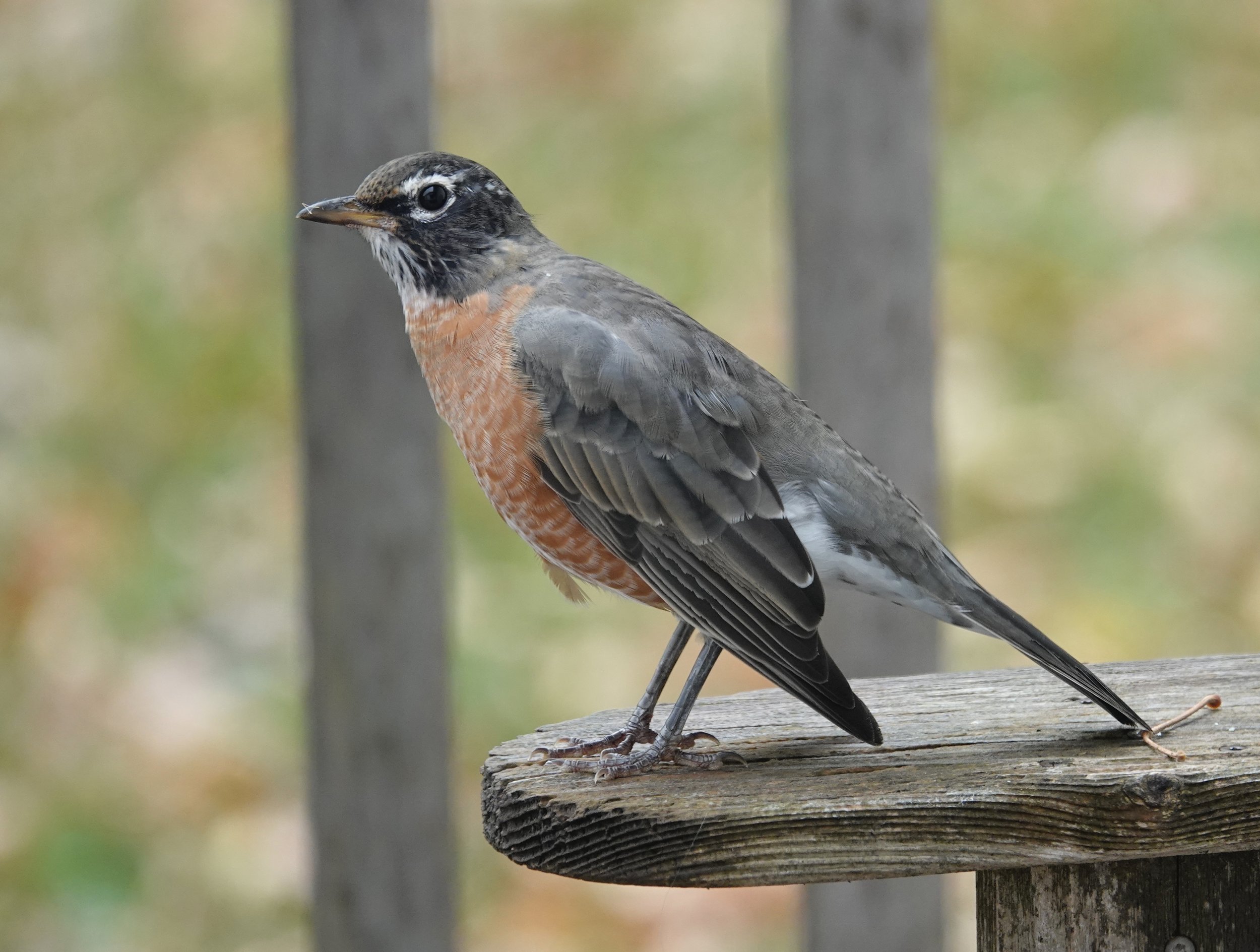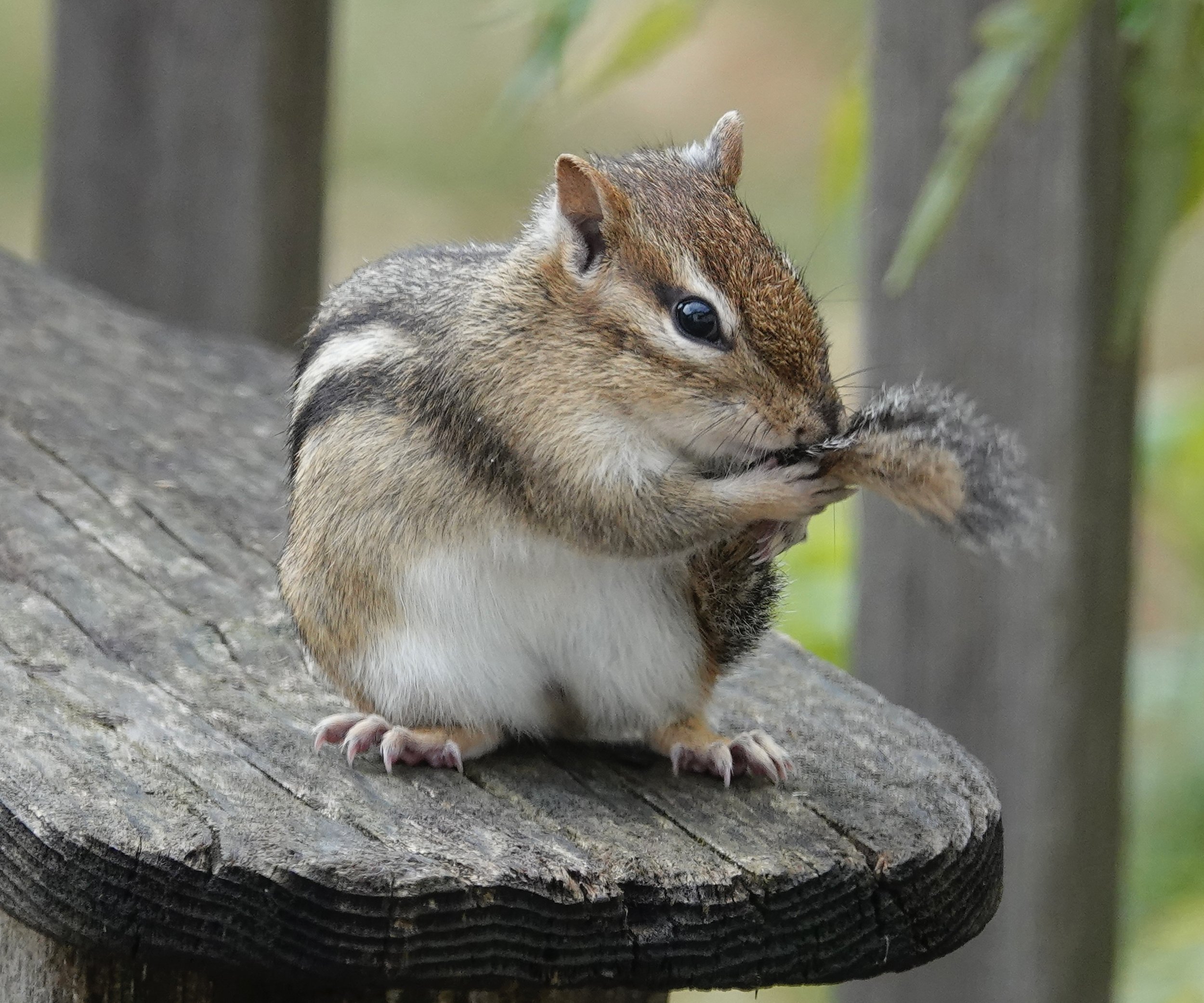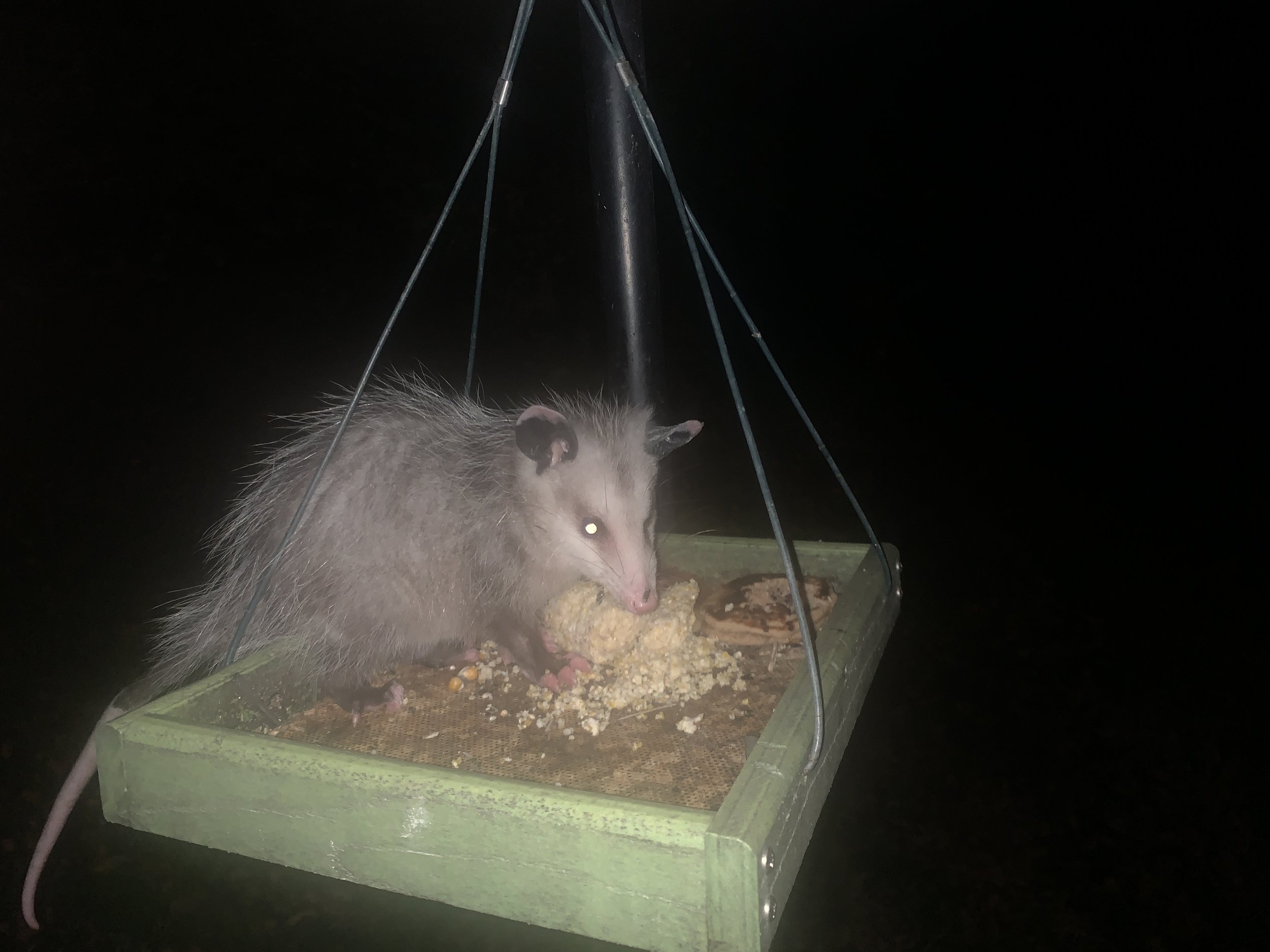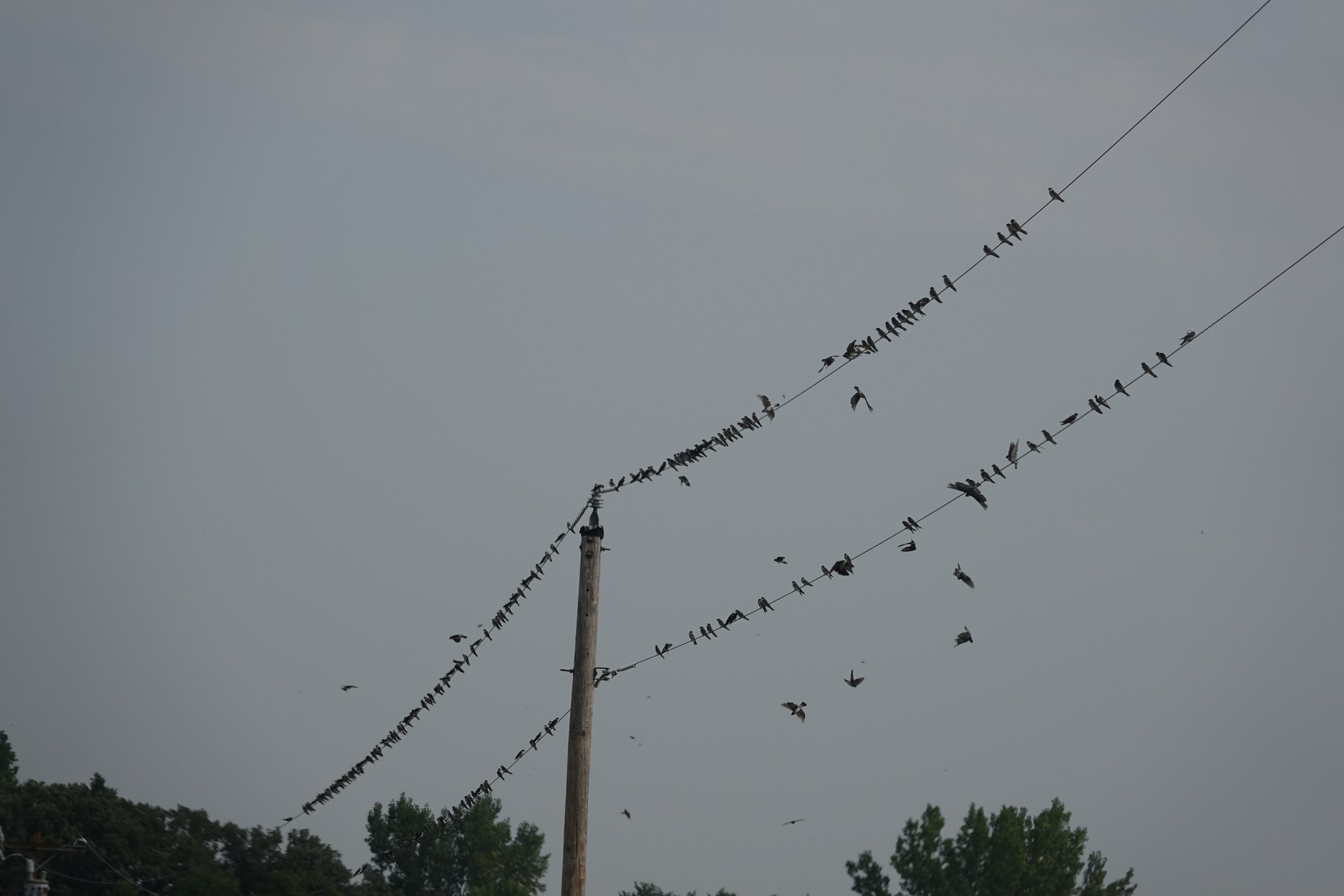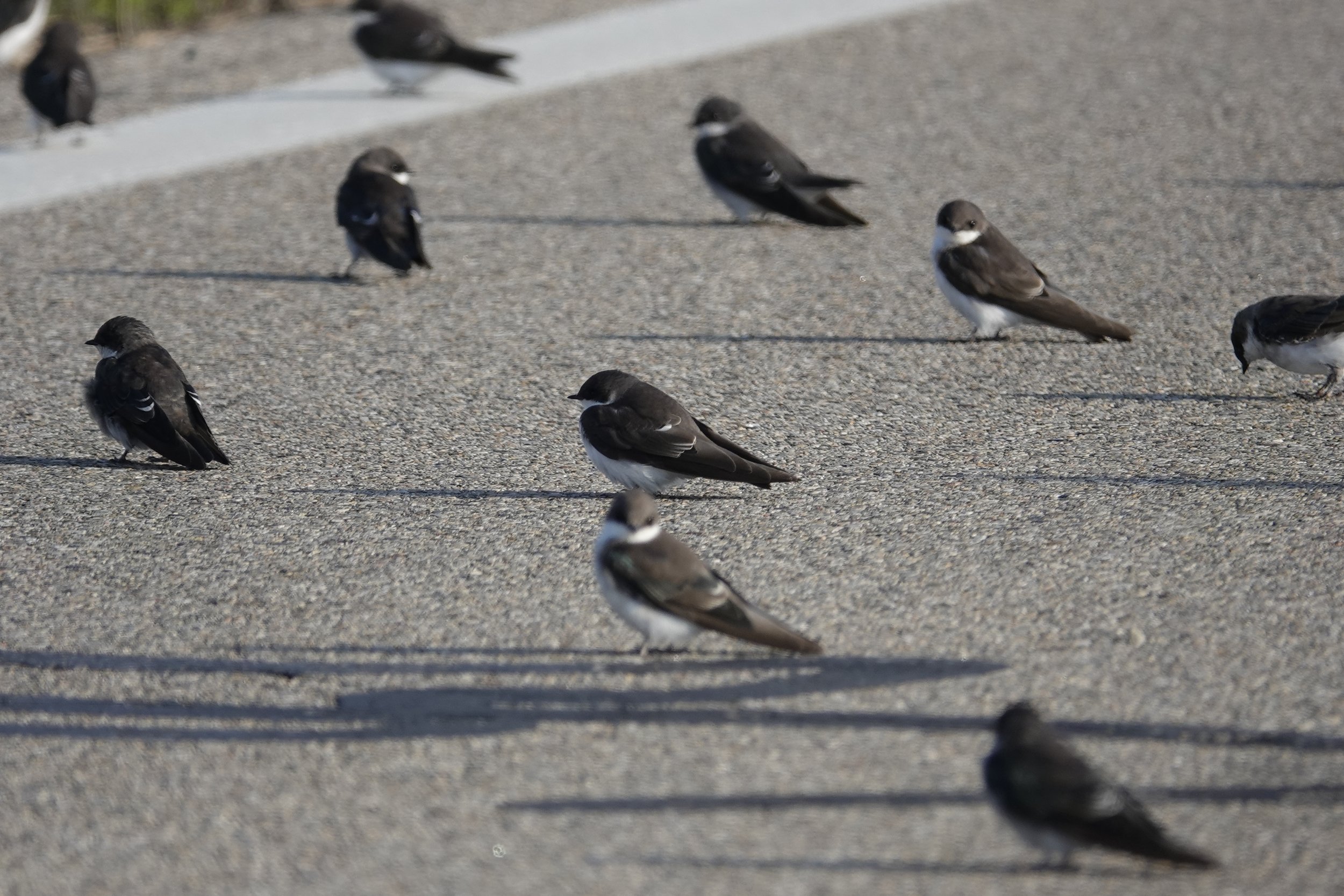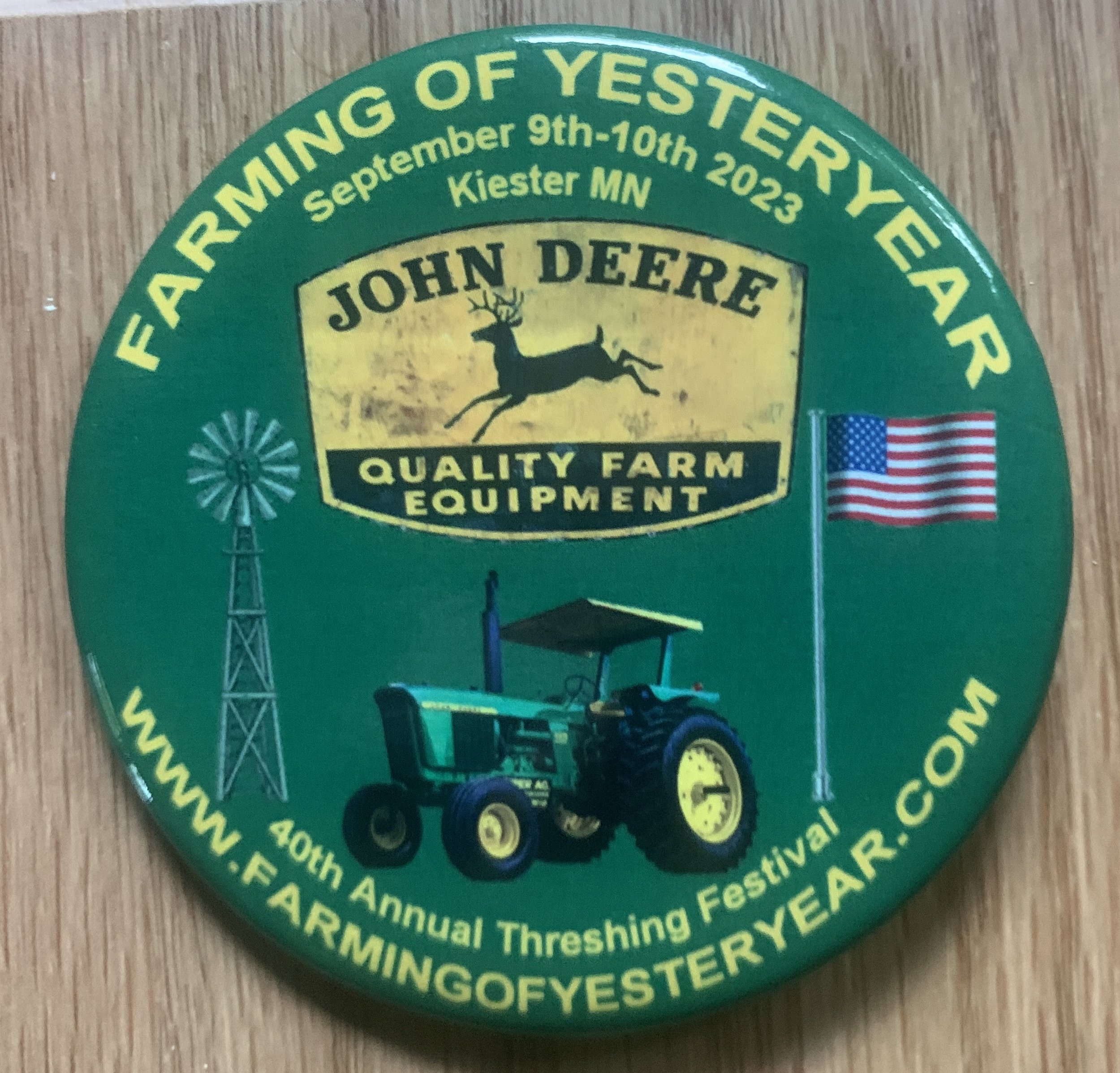Naturally
The snow turns us all into trackers without granting us the acute power of observation that animals have. Humans tend to concentrate our powers of observation on digital screens. It’s a joy to see all the proof of activity in the dark yard, some resembling printable dance steps given to students at the Air Dance Studio.
Some starlings have started showing yellow in their bills in January, changing from black as the breeding season gets closer.
I watched mallards float on cold water. My mind took me to Mallard, Iowa, which is south of Curlew and north of Plover. The town has 265 residents and used to have a high school with a memorable school cheer: "Black and Gold, Gold and Black, Mallard Ducks go quack, quack, quack." In Minnesota, I grew up playing “Duck, duck, gray duck.” In Iowa they played “Duck, duck, goose.” I wonder if they played “Duck, duck, bear” in Alaska? They probably didn’t.
This country adopted the bison as its national mammal in 2016. The oak is the national tree and the national flower is the rose. The bald eagle is our national symbol and our unofficial national bird because it’s never officially been designated as our national bird. I hope the bald eagle runs for that office.
Rochester, Minnesota, has had a brown Christmas (a day with less than an inch of snow on the ground) in 1944, 1949, 1953, 1958, 1965, 1966, 1967, 1979, 1980, 1982, 1986, 1988, 1997, 2002, 2006, 2011, 2014, 2015, 2018, 2021 and 2023.
Q&A
“What do boxelder bugs eat while in my house?” They suck the juices out of leaves and developing seeds of boxelder and maple trees, but not enough to hurt the trees. While they’re happy to spend the winter in the cozy confines of your house, they eat nothing during that time. They’re generally inactive, but might become mobile on sunny days, moving towards windows.
“I saw a blue jay investigating a mud wasp nest. What was it looking for?” Probably not its car keys. They eat beetles, grasshoppers, caterpillars and wasps. It was likely decimating a wasps’ nest to eat the larvae inside.
“How long does a screech owl live?” An eastern screech-owl lived in the wild for 14 years and 2 months, but the average lifespan of one in the wild is 3 to 7 years. It’s estimated that 30 to 50% of owlets survive into the following year. I’m affiliated with the American Bald Eagle Foundation in Alaska and Dylan, the eastern screech owl living there, is 18 years old.
“How can one blue jay tell if another is a male or a female?” In ways that we have no clue. They likely see differences in each other’s feathers in the ultraviolet spectrum.
“Is it rime or hoar frost?” When supercooled droplets from fog freeze and attach onto an exposed surface, we get rime. All objects need to be at 32 degrees or below, causing the liquid to freeze instantly. Hoar frost typically develops on clear and calm nights, with a dew point below 32 degrees being brought to saturation by cooling. The moisture in the air skips the droplet stage and goes straight to crystallizing, similar to dew, but when temperatures are below freezing.
“Why is it called a corn snake?” Not found in Minnesota, the corn snake is named for its presence near stored corn, where it preys on mice and rats. Others maintain it’s named for the pattern of the snake's belly scales that resemble the kernels of variegated corn.
“When did opossums show up in Minnesota?” They arrived in the southeastern part of the state around 1900. They aren’t well-equipped to survive cold winters.
“Are horses native to North America?” A study, funded in part by the U.S. National Science Foundation, found horses have been present on the Great Plains as early as the 16th century. Horses originally evolved in North America before traveling across the Bering Strait into Asia and further west. North American horses likely died out before Vikings arrived on American shores at the end of the 10th century. It’s unclear whether the Vikings brought horses to America, but the Spanish did in the 15th and 16th centuries.
“How big a problem is lead for eagles?” The Raptor Center said over 85% of the bald eagles they treat have lead in their blood. Using copper ammunition is an effective and non-toxic option that ensures eagles are spared from unintended harm.
Thanks for stopping by
“One's life has value so long as one attributes value to the life of others, by means of love, friendship, indignation, and compassion.”—Simone de Beauvoir.
“How do you know but ev’ry Bird that cuts the airy way, Is an immense world of delight, clos’d by your senses five?”—William Blake.
Do good.
©️Al Batt 2024
This squirrel with a black coat is a color variant of the eastern gray squirrel. Studies have found that black squirrels maintain heat more efficiently than those with gray coats during our frigid winters. Black squirrels seem to thrive in urban environments. Why they do better on urban land cover is up for speculation. Photo by Al Batt.
Our cat, Pinky (I thought she should have been named Nehi because she’s orangish, but I lost the naming rights in a 1 to 1 vote) is a big fan of the Minnesota State Maverick Women’s Basketball team. She is generally well-behaved but does occasionally swat at an official.




